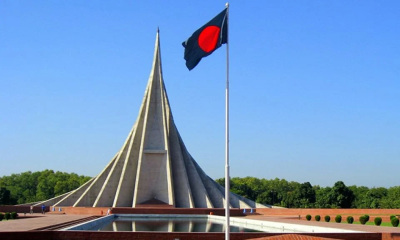Bangladesh is a predominantly Muslim nation, with over 90% of its population adhering to Islam. Historically, however, Bengali Muslims have been remarkably tolerant towards people of other faiths. Here, mosques stand beside temples in the same courtyards, where followers of different religions have coexisted and practiced their beliefs harmoniously for generations.
The Muslims of Bangladesh are deeply devout, praying, fasting, and immersing themselves in religious sermons, often moved to tears during supplications. Yet, these same people also enjoy music, theater, cinema, and folk performances like jatra, where they sometimes dance in response to a female artist’s performances. Here, men and women mingle freely. Women work alongside men in the fields, in offices, excel in education and sports, and participate in social activities openly.
Given this cultural fabric, the rise of Islamic fundamentalism -- let alone militancy -- seems improbable. Yet, for quite some time now, signs of both emerging one after another have become increasingly visible. The previous government of Bangladesh, the Awami League led by Sheikh Hasina, dealt with such threats with severe measures, leading to a period where militant activities appeared subdued.
Recently, however, discussions about a resurgence of militancy have emerged following the July-August anti-government movement. Tulsi Gabbard, the newly appointed US Intelligence Chief, expressed concerns about rising militancy in Bangladesh. Shortly after The New York Times published a story on April 1 about the unmistakable growth of Islamic fundamentalism in the country titled “As Bangladesh reinvents itself, Islamist hard-liners see an opening.”
The current interim government has repeatedly dismissed these claims as baseless propaganda, insisting that any attempt to foster extremism was never tolerated in the past and will continue to be crushed with an iron fist. Under these circumstances, it is felt that a grounded analysis of these developments is necessary.
The interim government and young leadership whom the head of the government declared to be his appointing authority and mentor, have framed only those prosecuted by the “fascist Hasina regime” or its perceived opponents as “patriots.” Everyone else is labeled, in some way, complicit with fascism.
Notably, Islamist militant groups suffered the brunt of Hasina’s crackdowns. When US officials first raised alarms about militancy, the interim government vehemently denied it, asserting that Bangladesh had eradicated extremism through relentless measures for quite some time now. In doing so, they indirectly legitimized the harsh tactics used against militancy by the past Hasina-led government.
Naturally, militant groups were among the fiercest opponents of the Hasina regime. Various reports now suggest that they played a significant role in her expulsion. Some of them claimed so, and even admitted to, acts of violence and sabotage. They openly expressed in various media that without them the movement could not have been successful. Many of them have since advocated for an Islamic state by changing the entire Constitution and erasing everything in connection with the past -- history, culture, heritage, etc. They expressed that the dawn of a new era has emerged because of the revolution.
As could be gathered from their many deliberations that the new era is something nearer to an Islamist ideology-based state. During and after the uprising, walls across Dhaka and other cities were plastered with special types of paintings, slogans, Arabic inscriptions, and flags resembling those of Hizb ut-Tahrir and the Islamic State.
Can it be denied that these groups have enjoyed patronage and tacit support in many ways? Allegations persist that their rallies, destructive activities, and displays of Jihadist symbols have faced no obstruction, even as they escalate. Unsurprisingly, the US, the wider Western world, and many other countries now view Bangladesh as a potential incubator for Jihadism.
The interim government has further fractured the national unity forged during the movement, splitting the political landscape into two camps: Liberal-leaning parties with broader public support, and conservative or hardline factions. The former are now vilified as “fascist collaborators,” stripped of political and even basic human rights. This irrational divide risks long-term instability, economic collapse, and a breakdown of law and order. Moreover, amid global geo-political shifts, Bangladesh’s fragility could deepen. Yet, the government seems determined to exclude over half the population belonging to the mentioned liberal political parties from its current agenda.
The attitude of the interim government provides scope to suspect whether the same is to allow comfortable space for the Islamist militants in Bangladesh politics.
While the incumbent regime claims it will ruthlessly suppress any militant resurgence, the world could remain skeptical. After all, these very groups helped bring this government to power as it is claimed by these groups. How credible are their promises of crackdown? If the international community perceives Bangladesh as a breeding ground for extremism, the consequences could be catastrophic.
GM Quader is Chairman, Jatiya party.
This write-up was first published in the Dhaka Tribune. To read the original, click this link: Is the rise of militancy in Bangladesh reality or propaganda?


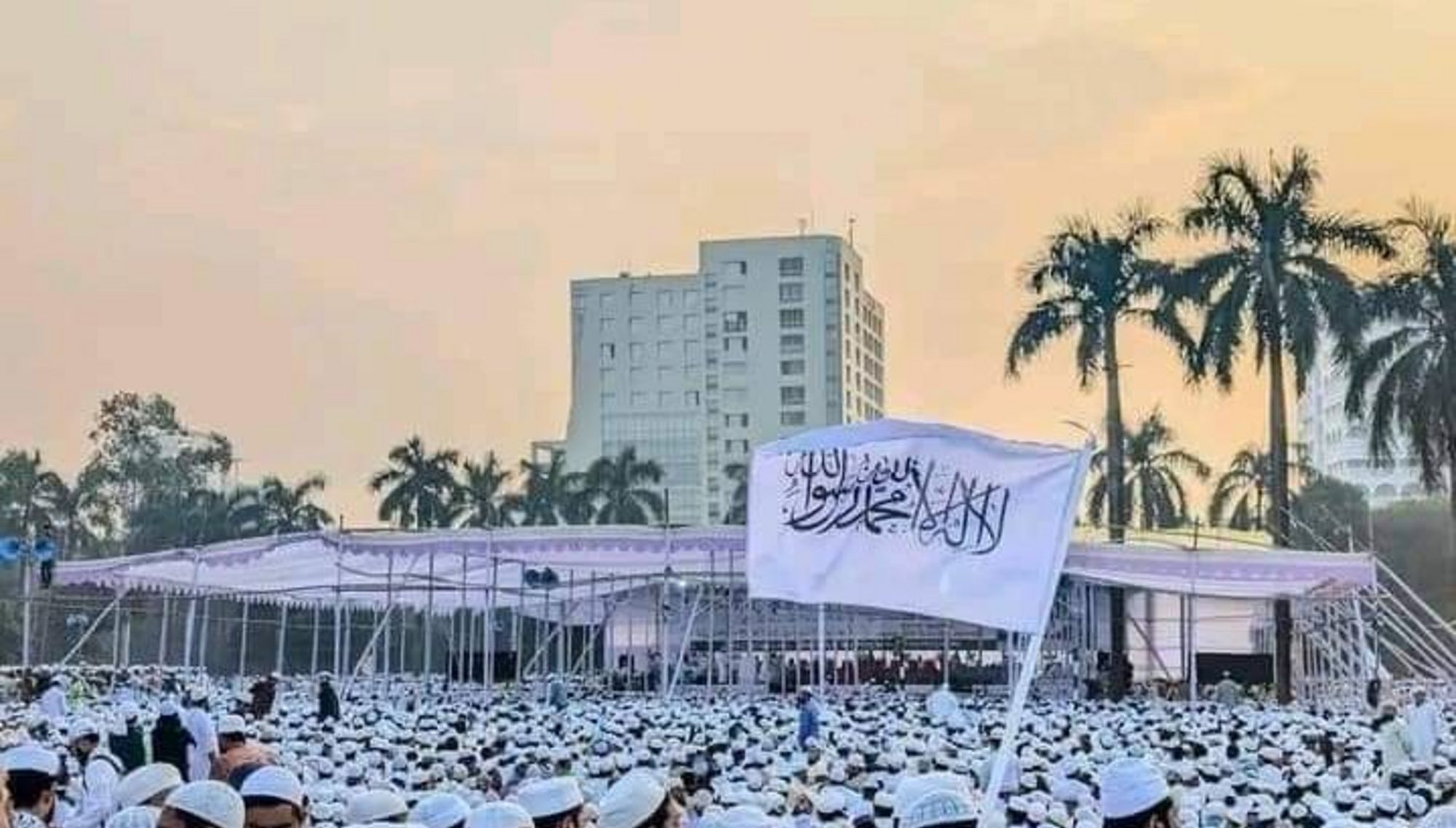


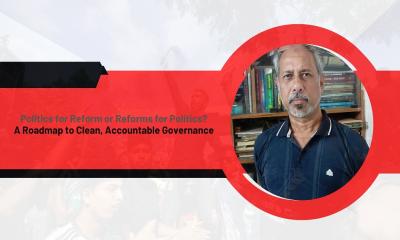


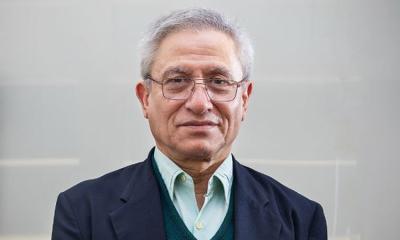

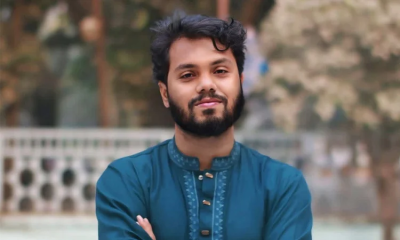


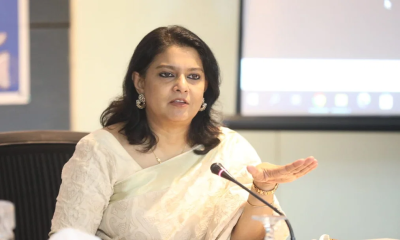

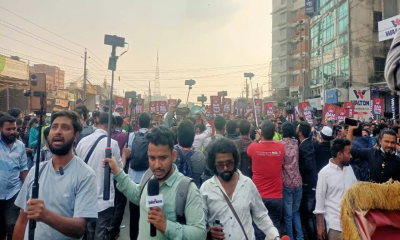
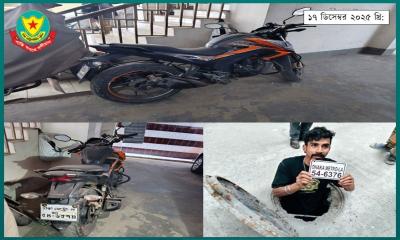
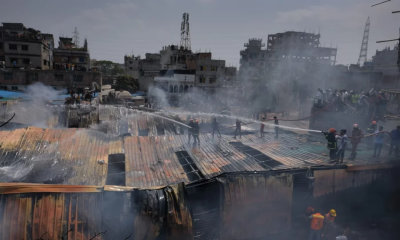
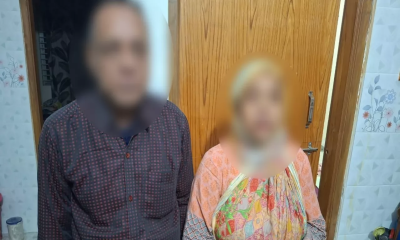

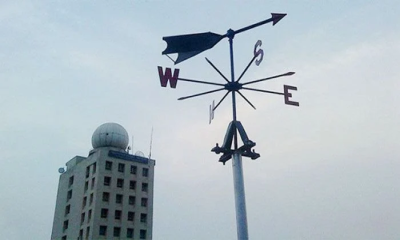

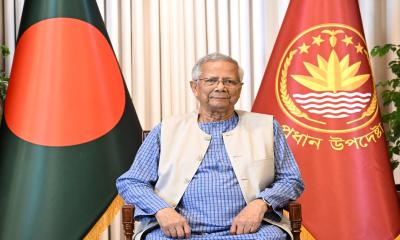
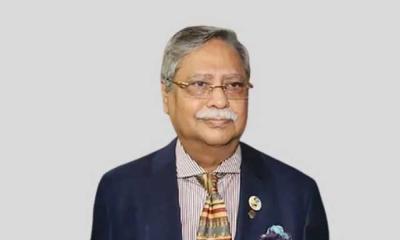
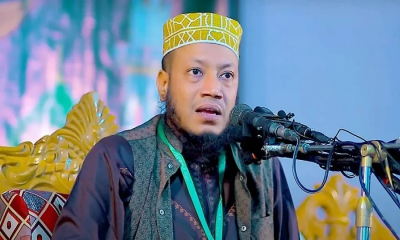
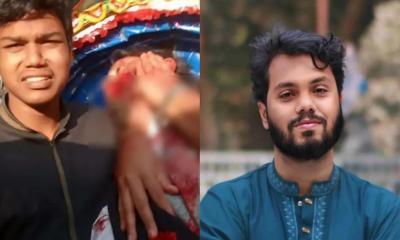
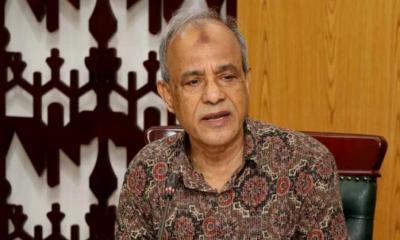

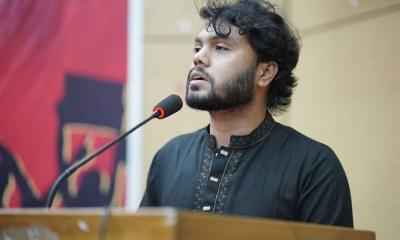
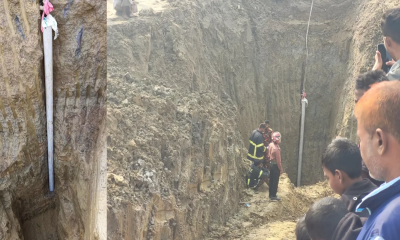

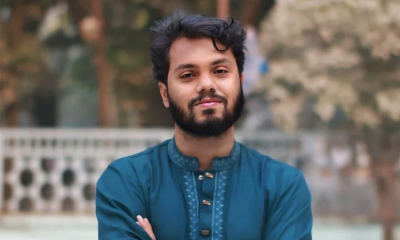


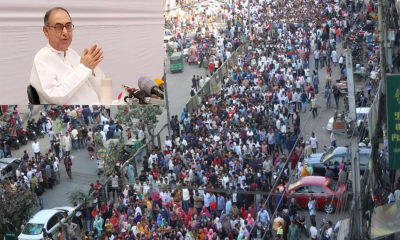
-20251216054240.jpeg)
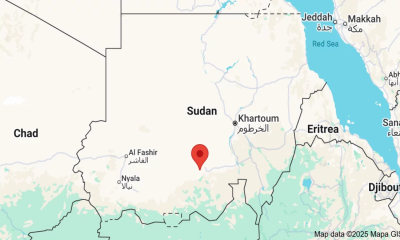
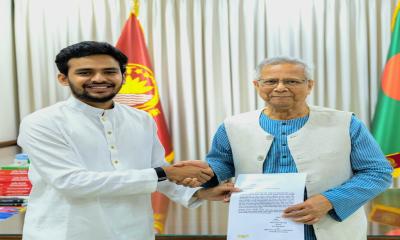
-20251212132043.webp)
